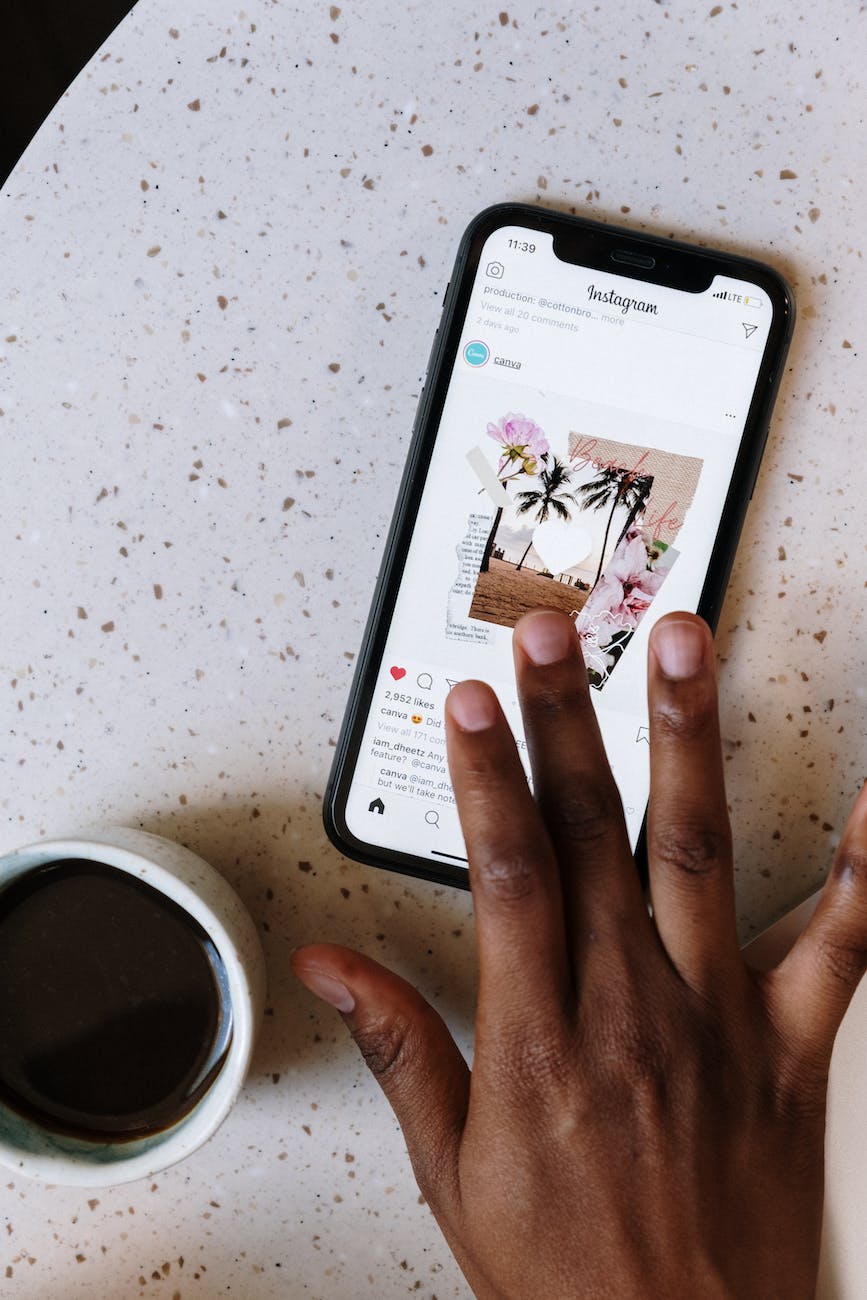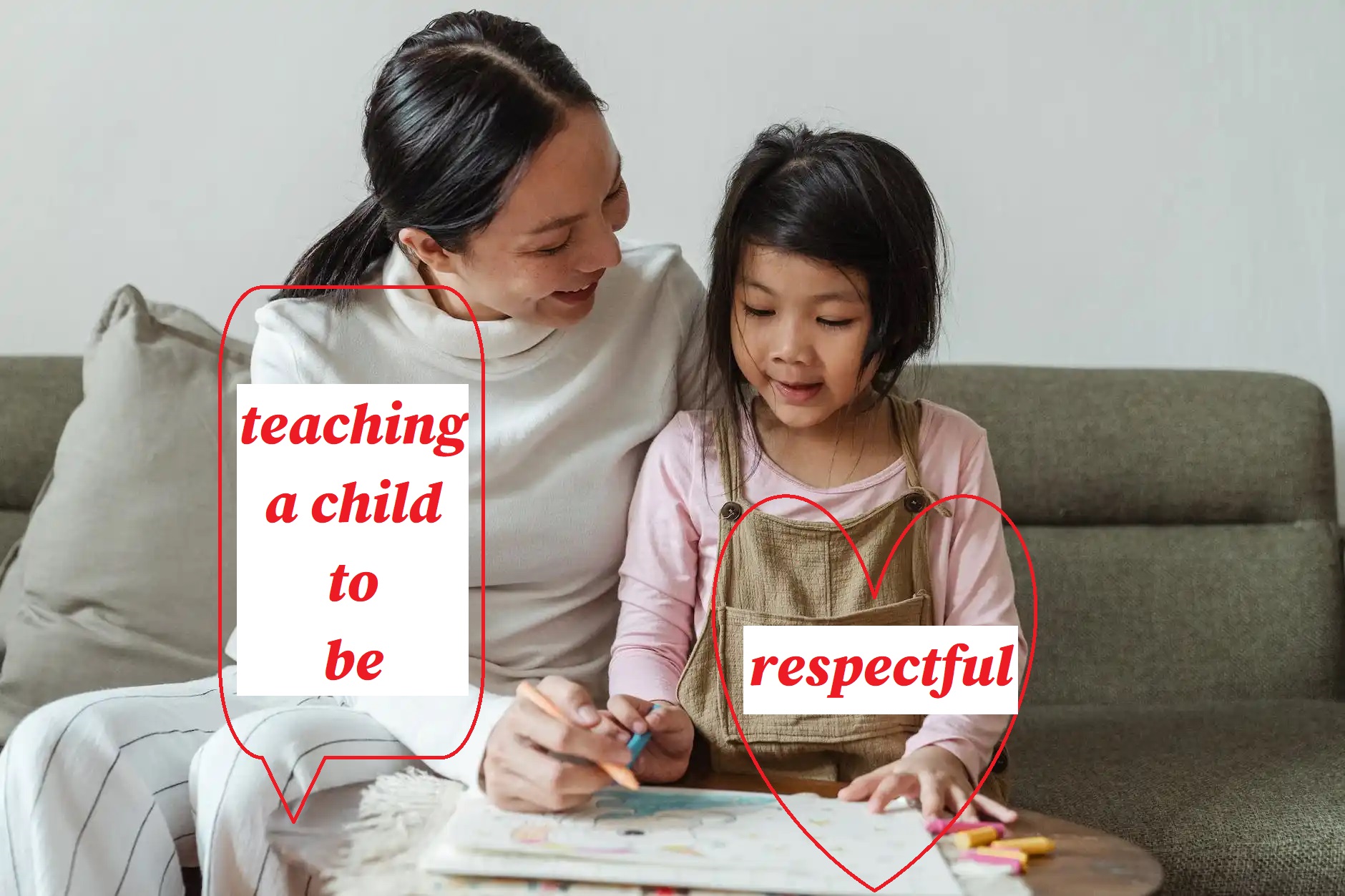***freeDIGIBOOK***Setting Sail: The Ultimate Guide to Experiencing the World on a Luxury Cruise Ship
Chapter 1: The Impact of Social Media on Our Lives
Understanding the role of social media in our daily lives
The potential negative effects of excessive social media use
Social media has become an integral part of our daily lives, with millions of people around the world using platforms like Facebook, Twitter, Instagram, and TikTok to connect with others, share information and news, and entertain themselves. While social media can provide many benefits, such as connecting us with friends and family, enabling us to stay informed, and offering us new opportunities for self-expression and creativity, excessive social media use can also have negative consequences.
Research has shown that excessive social media use can lead to a range of negative effects, including reduced attention span, decreased productivity, increased stress and anxiety, and decreased well-being. This is partly due to the addictive nature of social media, which can cause users to spend hours scrolling, liking, and commenting without realizing how much time has passed.
In addition, social media can also lead to feelings of envy, insecurity, and depression, as people compare themselves to others and feel pressured to present a perfect image of themselves online. This can lead to a constant cycle of self-doubt and dissatisfaction, which can have a serious impact on mental health and well-being.
Overall, it is important to be aware of the potential negative effects of excessive social media use and to take steps to manage our usage in a way that promotes our well-being and productivity. In the following chapters, we will explore strategies and techniques for achieving a healthy balance between social media use and other aspects of our lives.
Chapter 2: Identifying Time-Wasters on Social Media
Common time-wasting activities on social media
How to recognize and limit them
Social media can be a major time-waster if not used mindfully. It’s easy to lose track of time and get sidetracked by the never-ending stream of content on these platforms. In this chapter, we will explore some common time-wasting activities on social media and how to recognize and limit them.
Scrolling mindlessly: This is perhaps the most common time-wasting activity on social media. Scrolling through your newsfeed without a specific purpose or goal can eat up hours of your time. To limit this, set a specific time limit for your social media usage each day and stick to it.
Watching videos: Platforms like YouTube and TikTok are full of engaging and entertaining videos that can keep you glued to your screen for hours. To avoid falling down the rabbit hole of video content, set a specific time limit for watching videos each day and avoid clicking on videos that are not related to your interests or goals.
Engaging in arguments and drama: Social media can be a breeding ground for drama and arguments. Getting caught up in online conflicts can be a huge waste of time and energy. To avoid this, be mindful of the conversations you engage in and avoid getting drawn into arguments that are not productive or meaningful.
Checking notifications constantly: Constantly checking notifications and alerts can be a major time-waster. To limit this, turn off notifications for social media apps or schedule specific times throughout the day to check them.
Endlessly scrolling through stories: Stories on platforms like Instagram and Snapchat can be addictive and time-consuming. To avoid getting caught up in endless scrolling, set a time limit for viewing stories and stick to it.
In summary, there are many common time-wasting activities on social media, but with mindfulness and intentional usage, it is possible to recognize and limit these activities to maximize productivity and well-being.
Chapter 3: Setting Social Media Boundaries
The benefits of setting limits on social media use
How to establish boundaries that work for you
Social media can be a double-edged sword – it can connect us to friends and family, provide entertainment, and help us stay informed, but it can also be a time-waster and a source of stress and anxiety. Setting social media boundaries can help us maintain a healthy relationship with these platforms and avoid the negative effects of excessive use. In this chapter, we will explore the benefits of setting limits on social media use and how to establish boundaries that work for you.
Benefits of setting limits on social media use:
Improved productivity: By setting limits on social media use, you can free up time to focus on other tasks, hobbies, or goals, leading to improved productivity and efficiency.
Enhanced well-being: Excessive social media use has been linked to negative effects on mental health, including anxiety, depression, and decreased self-esteem. By setting boundaries, you can reduce these negative effects and improve your overall well-being.
Increased mindfulness: Mindful social media use involves being present and intentional while using these platforms. By setting boundaries, you can practice mindfulness and avoid mindlessly scrolling or engaging in time-wasting activities.
Establishing boundaries that work for you:
Set specific time limits: Decide on a specific amount of time each day that you will spend on social media and stick to it. You can use apps or settings to set time limits and notifications to help you stay on track.
Identify triggers: Identify situations or emotions that trigger excessive social media use, such as boredom or stress, and develop alternative strategies to address these triggers.
Practice self-care: Prioritize self-care activities, such as exercise, meditation, or spending time with loved ones, over social media use. This can help you maintain a healthy balance and reduce the negative effects of excessive use.
Take breaks: Consider taking regular breaks from social media, such as a digital detox or a social media-free day each week, to recharge and refresh.
In summary, setting social media boundaries can have many benefits for productivity, well-being, and mindfulness. By identifying triggers, setting time limits, and prioritizing self-care, you can establish boundaries that work for you and maintain a healthy relationship with social media.
Chapter 4: Time Management Strategies
Effective time management techniques to balance social media use and productivity
Tips for creating a schedule that accommodates social media activity
Balancing social media use with productivity requires effective time management skills. In this chapter, we will explore some time management strategies that can help you create a schedule that accommodates social media activity while still allowing you to accomplish your goals.
Effective time management techniques:
Prioritize tasks: Prioritize your daily tasks based on their importance and urgency. Use tools like to-do lists and calendars to help you stay organized and on track.
Use the Pomodoro Technique: The Pomodoro Technique is a time management method that involves breaking work into 25-minute intervals followed by a five-minute break. This can help you stay focused and increase productivity while still allowing time for social media breaks.
Create a schedule: Creating a schedule that includes designated social media breaks can help you balance your time and ensure that social media use does not interfere with your other responsibilities or goals.
Avoid multitasking: Multitasking can actually decrease productivity and increase stress. Instead, focus on one task at a time and give it your full attention.
Tips for creating a schedule that accommodates social media activity:
Set boundaries: Decide on specific times of day when you will check and engage with social media, and stick to those times. This will help you avoid getting sidetracked and wasting time.
Allocate time for specific activities: Instead of mindlessly scrolling, allocate time for specific activities, such as checking messages or catching up on news. This can help you stay focused and avoid getting caught up in time-wasting activities.
Use social media for inspiration: Use social media to inspire creativity or learn new things. For example, follow accounts related to your hobbies or interests, or use Pinterest for project inspiration.
Evaluate your social media use: Regularly evaluate your social media use and adjust your schedule as needed. If you find that social media use is interfering with your productivity or well-being, make changes to your schedule or set stricter boundaries.
In summary, effective time management skills can help you balance social media use with productivity and achieve your goals. By prioritizing tasks, creating a schedule, and setting boundaries, you can make the most of your time while still enjoying the benefits of social media.
Chapter 5: Mindful Social Media Use
The importance of being present and mindful while using social media
How to cultivate mindfulness in your social media use
Social media can be a source of distraction, stress, and negativity. Cultivating mindfulness in our social media use can help us stay present and engaged, reduce stress and anxiety, and enhance our overall well-being. In this chapter, we will explore the importance of being mindful while using social media and how to cultivate mindfulness in your social media use.
The importance of being present and mindful while using social media:
Reduce stress and anxiety: Mindful social media use can help reduce stress and anxiety by promoting a sense of calm, presence, and awareness.
Enhance well-being: Mindful social media use can help enhance our overall well-being by promoting positive emotions, reducing negative emotions, and fostering greater connection with others.
Improve relationships: Mindful social media use can help improve relationships by promoting empathy, understanding, and respectful communication.
How to cultivate mindfulness in your social media use:
Set intentions: Set clear intentions for your social media use, such as seeking inspiration, connecting with loved ones, or learning new things. This can help you stay focused and avoid mindless scrolling.
Practice self-awareness: Pay attention to how you feel while using social media, and notice any thoughts or emotions that arise. This can help you become more self-aware and mindful in your social media use.
Take breaks: Take regular breaks from social media to recharge and refresh. This can help you avoid getting caught up in time-wasting activities and promote greater mindfulness when you do engage with social media.
Engage mindfully: When engaging with others on social media, practice mindful communication by listening actively, expressing yourself clearly and respectfully, and avoiding reactive or defensive responses.
In summary, cultivating mindfulness in our social media use can help us reduce stress, enhance well-being, and improve our relationships. By setting intentions, practicing self-awareness, taking breaks, and engaging mindfully, we can develop a more mindful and positive relationship with social media.
Chapter 6: Communication and Connection
The role of social media in maintaining relationships and making connections
How to use social media in a positive and meaningful way
Social media has revolutionized the way we communicate and connect with others. While it can sometimes be a source of negativity and stress, social media can also play a valuable role in maintaining relationships and making new connections. In this chapter, we will explore the role of social media in communication and connection and how to use it in a positive and meaningful way.
The role of social media in maintaining relationships and making connections:
Stay connected: Social media can help us stay connected with friends and family members who live far away or have busy schedules. It can also help us maintain connections with people we have met through work, school, or other activities.
Make new connections: Social media can also be a valuable tool for making new connections with people who share our interests, passions, or values. We can join groups or communities, follow accounts related to our hobbies or interests, or participate in online events to connect with like-minded people.
Share our stories: Social media can also provide a platform for sharing our stories and experiences with others. This can help us feel seen and heard, and can also inspire others who may be going through similar experiences.
How to use social media in a positive and meaningful way:
Prioritize meaningful connections: Instead of focusing on the number of followers or likes, prioritize building meaningful connections with others. Engage in conversations, offer support and encouragement, and show genuine interest in others’ lives.
Be mindful of your tone: Social media can be a breeding ground for negativity and conflict. Be mindful of your tone and language, and avoid engaging in arguments or negative interactions.
Share responsibly: Be responsible when sharing content on social media. Consider the impact of your words and actions, and avoid sharing false or harmful information.
Take breaks when needed: Social media can be overwhelming and exhausting at times. Take breaks when needed, and prioritize your mental and emotional well-being.
In summary, social media can be a powerful tool for communication and connection when used in a positive and meaningful way. By prioritizing meaningful connections, being mindful of our tone, sharing responsibly, and taking breaks when needed, we can use social media to enhance our relationships and connect with others in a genuine and authentic way.
Chapter 7: Understanding Social Media Algorithms
How social media algorithms work and their impact on our usage
Tips for navigating and leveraging algorithms to optimize your social media experience
Social media algorithms are complex formulas used by social media platforms to determine which content to show to users. While they are designed to enhance our social media experience by showing us content that is relevant and engaging, they can also have unintended consequences on our usage. In this chapter, we will explore how social media algorithms work and their impact on our usage, and provide tips for navigating and leveraging algorithms to optimize your social media experience.
How social media algorithms work and their impact on our usage:
User data: Social media algorithms collect user data such as interests, engagement history, and demographics to personalize content for each user.
Engagement: Algorithms prioritize content that receives high engagement such as likes, comments, and shares. This can create a feedback loop where users see more of the same content, which can lead to filter bubbles and echo chambers.
Ad revenue: Social media algorithms are also designed to prioritize content that generates ad revenue for the platform. This can sometimes result in clickbait or sensationalized content being prioritized over more informative or balanced content.
Tips for navigating and leveraging algorithms to optimize your social media experience:
Diversify your feed: Follow a diverse range of accounts and interact with content outside of your usual interests to avoid filter bubbles and echo chambers.
Engage mindfully: Engage with content mindfully and avoid engaging with clickbait or sensationalized content that can contribute to algorithmic biases.
Optimize your profile: Optimize your profile by filling out your interests and engaging with content related to them to improve the relevance of content shown to you.
Limit usage: Limit your social media usage to reduce the impact of algorithms on your usage and prevent it from becoming a time-wasting activity.
In summary, understanding how social media algorithms work and their impact on our usage can help us navigate and leverage them to optimize our social media experience. By diversifying our feed, engaging mindfully, optimizing our profile, and limiting our usage, we can use social media in a way that is both relevant and meaningful to us while avoiding negative consequences.
Chapter 8: Digital Detoxing
The benefits of taking breaks from social media
How to create a digital detox plan and stick to it
In this chapter, we will explore the benefits of taking breaks from social media and how to create a digital detox plan to stick to it.
The Benefits of Taking Breaks from Social Media:
Reduces stress: Social media can be overwhelming, and taking breaks can reduce stress levels and improve mental health.
Increases productivity: Social media can be a major distraction, and taking breaks can help increase productivity by minimizing distractions.
Improves sleep quality: Social media usage before bed can disrupt sleep patterns, and taking breaks can improve sleep quality and reduce insomnia.
Encourages real-life connections: Taking breaks from social media can encourage more face-to-face connections and help cultivate deeper, more meaningful relationships.
How to Create a Digital Detox Plan and Stick to It:
Set goals: Determine what you want to achieve by taking a break from social media, and set goals to help you stay on track.
Plan ahead: Set a specific timeframe for your digital detox and plan alternative activities to occupy your time.
Notify others: Let friends and family know that you will be taking a break from social media and why.
Delete apps: Removing social media apps from your phone can help reduce temptation and make it easier to stick to your detox plan.
Stay accountable: Enlist the support of friends or family to help keep you accountable, or use apps that monitor and limit your social media usage.
Take small steps: If a full digital detox feels too challenging, start by reducing your usage gradually until you are comfortable taking a longer break.
In summary, taking a break from social media can have numerous benefits for our mental health, productivity, sleep quality, and social connections. Creating a digital detox plan that includes setting goals, planning ahead, notifying others, deleting apps, staying accountable, and taking small steps can help you stick to your plan and reap the benefits of a social media break.
Chapter 9: Setting Goals and Measuring Progress
The importance of setting goals and tracking progress in balancing social media and productivity
How to measure success and make adjustments as needed
Setting goals and measuring progress are critical aspects of achieving success in balancing social media and productivity. Without clear goals, it can be challenging to determine if you are making progress, and without tracking progress, it can be difficult to identify areas for improvement.
Here are some ways to set goals and measure progress when balancing social media and productivity:
Set SMART goals: Ensure that your goals are Specific, Measurable, Achievable, Relevant, and Time-bound. For example, you may set a goal to spend no more than 30 minutes on social media each day during work hours.
Track your time: Keep track of the amount of time you spend on social media, as well as your productivity levels. This will help you identify patterns and areas for improvement.
Use productivity apps: There are numerous productivity apps available that can help you track your time and measure your progress. Some examples include RescueTime, Focus@Will, and Trello.
Review and adjust: Regularly review your progress and adjust your goals and strategies as needed. For example, if you find that you are consistently spending more time on social media than you intended, you may need to adjust your goals or strategies to better align with your needs.
When it comes to measuring success, it is important to focus on both qualitative and quantitative measures. Some examples of qualitative measures include how you feel about your progress, the quality of your work, and your overall sense of well-being. Quantitative measures may include the amount of time you spend on social media, the number of tasks completed, and any specific goals you have set.
Ultimately, the key to successfully balancing social media and productivity is to regularly set goals, track your progress, and make adjustments as needed. With consistent effort and a commitment to improvement, you can find a balance that works for you and helps you achieve your goals.
Chapter 10: Building a Healthy Relationship with Social Media
Strategies for developing a positive and healthy relationship with social media
How to integrate social media into your life in a way that enhances rather than detracts from your overall well-being
Building a healthy relationship with social media is important for maintaining overall well-being. Here are some strategies for developing a positive and healthy relationship with social media:
Set boundaries: Determine how much time you want to spend on social media each day and stick to it. Consider setting specific times of day when you will check social media, and avoid using it during other times.
Be intentional: Before checking social media, consider why you are doing it. Is it to connect with friends, gain information, or simply pass the time? By being intentional, you can ensure that social media use is purposeful and fulfilling.
Unfollow or mute negative content: If social media content is causing stress or negative emotions, unfollow or mute the account. This will reduce exposure to negative content and promote positive experiences.
Limit exposure to news: Social media is often a source of news, which can be overwhelming and stressful. Limit exposure to news by following trusted sources and setting specific times of day to check for updates.
Use social media for positive purposes: Use social media to connect with friends and family, learn new things, and engage in hobbies and interests. This can promote positive experiences and enhance overall well-being.
Take breaks: Take regular breaks from social media to focus on other activities or simply relax. This can reduce stress and promote mindfulness.
Seek support: If social media use is causing significant stress or negatively impacting mental health, consider seeking support from a therapist or support group.
Integrating social media into your life in a way that enhances rather than detracts from your overall well-being requires mindfulness, intentionality, and a commitment to self-care. By setting boundaries, being intentional, limiting exposure to negative content, using social media for positive purposes, taking breaks, and seeking support as needed, you can build a healthy relationship with social media that promotes overall well-being.
In conclusion, finding balance between social media and productivity is important for maintaining overall well-being and productivity. Here are some key takeaways from this book:
Social media can be a valuable tool for connecting with others, learning new things, and engaging in hobbies and interests. However, excessive use can lead to negative effects on mental health, productivity, and overall well-being.
Effective time management is key to finding balance between social media and productivity. Setting goals, tracking progress, and making adjustments as needed can help ensure that social media use is purposeful and fulfilling.
Building a healthy relationship with social media requires mindfulness, intentionality, and a commitment to self-care. Setting boundaries, limiting exposure to negative content, using social media for positive purposes, taking breaks, and seeking support as needed can all contribute to a healthy relationship with social media.
Continuing to practice effective time management and balance in social media usage can lead to a more fulfilling and productive life. By prioritizing productivity and well-being, individuals can find a balance that works for them and promotes overall success.
In summary, finding balance between social media and productivity is a process that requires ongoing effort and commitment. By implementing the strategies outlined in this book and remaining mindful of personal goals and values, individuals can find a balance that supports their overall well-being and productivity.





One thought on “Impact of Social Media on Our Lives”
Comments are closed.